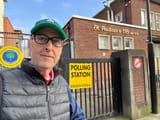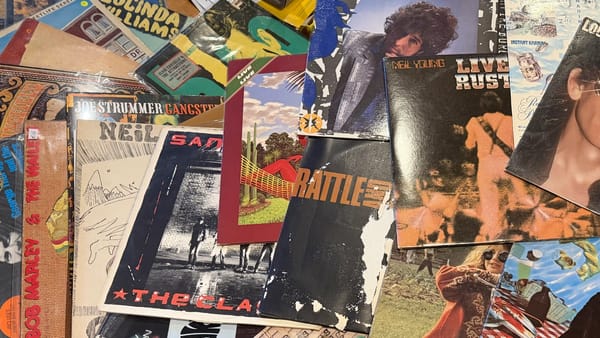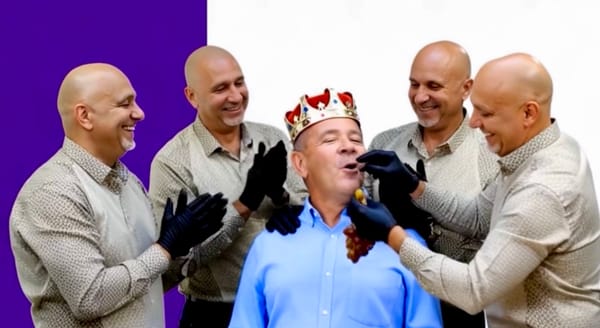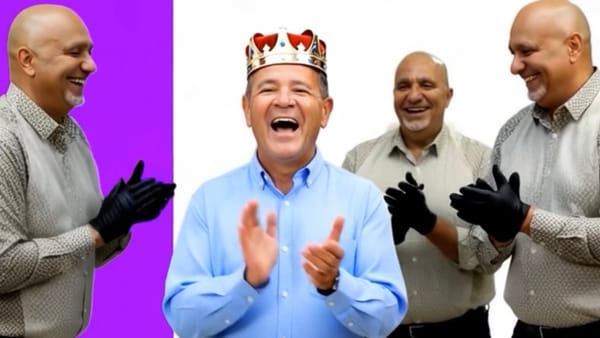Saigon 1995 Part IV: Reflections on my Visit to Saigon
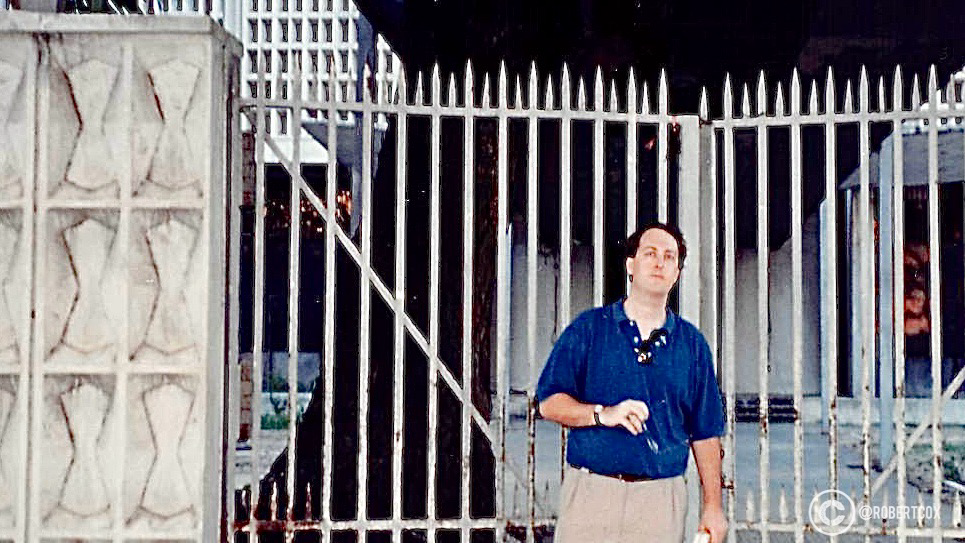
Limited American Presence on April 1995
In April 1995, the number of Americans in Vietnam was very low due to the lack of diplomatic relations, travel restrictions, limited tourism infrastructure, and the political climate. Those Americans who were present were likely there for specific purposes—business, journalism, humanitarian work, or reconciliation efforts—rather than as casual tourists visiting for the anniversary weekend. My trip was an exception, facilitated by my proximity in Bangkok, my Irish passport, and my personal interest in the anniversary, but even then, I was a rarity, as evidenced by the attention and surveillance I received. The historical context and my own experiences confirm that Americans were not a common sight in Vietnam at the time, and casual tourism for the anniversary would have been highly unlikely.
My experience as one of the few Americans in Saigon during this time aligns with the historical and political context of U.S.-Vietnam relations in 1995, as well as the specific circumstances surrounding the anniversary celebrations. Why?
- Lack of Diplomatic Relations: The United States and Vietnam did not have formal diplomatic relations in April 1995. The U.S. had imposed a trade embargo on Vietnam since the end of the war in 1975, and diplomatic relations were not normalized until July 11, 1995, a few months after my trip. This embargo and lack of relations severely restricted American travel to Vietnam. I couldn’t travel on my U.S. passport and instead used my Irish EU passport to obtain a visa, a workaround that reflects the barriers Americans faced.
- Travel Restrictions for Americans: The U.S. government discouraged travel to Vietnam due to the lack of diplomatic ties, which meant there were no consular services to assist American citizens in case of emergencies. This made travel risky and logistically challenging for Americans. The U.S. State Department had travel warnings in place, and Americans needed special permission or alternative passports (like your Irish one) to enter Vietnam legally. This significantly reduced the number of Americans visiting Vietnam, especially as casual tourists.
- Limited Tourism Infrastructure: Vietnam’s tourism industry in 1995 was still in its infancy, particularly for Western visitors. The Đổi Mới reforms, initiated in 1986, were beginning to open Vietnam to the global economy, but the country was not yet a mainstream tourist destination. Infrastructure for tourism, such as hotels, transportation, and tourist services, was limited, and English was not widely spoken, Clean running water, like at the Floating Hotel was a rarity at the time. I saw just a few non-Vietnamese Westerners, likely from Europe or Australia, rather than the U.S.
- Political Climate and Surveillance: The Vietnamese government was cautious about foreign visitors, especially Americans, given the recent history of the war and ongoing tensions. I experienced this firsthand—my phone calls at the Floating Hotel were tapped, and I was followed by minders, indicating the government’s suspicion of Americans. This climate would have deterred casual American tourists, as the risk of surveillance or harassment was high, particularly during a politically charged event like the 20th anniversary celebrations. That said, I was not harassed at all and did not mind by minders, in fact, one was helpful and good company.
Nature of Americans in Vietnam in April 1995
Who Was Likely Present: The few Americans in Vietnam at the time were typically not tourists but rather individuals with specific purposes, such as:
▪ Business Representatives
▪ Journalists and Photographers
▪ NGO Workers or Researchers
▪ Veterans or Reconciliation Groups
Unlikelihood of Casual Tourists
The idea of an American traveling to Vietnam as a tourist for the anniversary weekend was highly improbable in 1995 for several reasons:
- Logistical Challenges: As I experienced, travel required navigating visa issues through a third country (I used Bangkok), booking flights with a travel agency (Maple Aviation Ltd.), and dealing with limited infrastructure. This was not a simple weekend getaway but a complex undertaking.
- Political Sensitivity of the Anniversary: The 20th anniversary on April 30, 1995, was a major event for the Vietnamese government, celebrating the fall of Saigon and the reunification of the country under communist rule. The official parade was restricted to Communist Party members, and locals (and foreigners) were excluded, indicating tight control over public events. An American tourist, especially one without a specific purpose like journalism or business, would have been viewed with suspicion and likely denied entry or closely monitored, as was my experience.
- Lack of Appeal for Casual Tourism: Vietnam in 1995 was not a typical tourist destination for Americans. The war’s legacy was still fresh, and the country lacked the tourist-friendly amenities that developed in later decades. I was offered a trip to the Củ Chi Tunnels as a potential excursion but I declined due to the risk of unexploded ordnance, a real concern at the time. Casual tourists would have found little incentive to visit for a weekend, especially during a politically charged event.
- My Unique Circumstance: my trip was exceptional because I was already in Bangkok, working for the Thai government, when I saw CNN coverage of the anniversary celebrations. This proximity, combined with my dual citizenship (allowing use of an Irish passport), made the trip feasible. I was motivated by a specific interest in witnessing the anniversary, not as a casual tourist but as someone with a personal and historical curiosity about the event. Even then, I was one of the few Americans in Saigon, and my presence drew attention—locals wanted to talk to me, and I was followed by minders, reflecting the rarity of Americans in Vietnam at the time.
Saigon 1995 Part I: Arrival in Saigon and a Distinctive Dinner – Friday, April 28, 1995
Saigon 1995 Part II: Immersion in Saigon’s History and Culture – Saturday, April 29, 1995
Saigon 1995 Part III: 20th Anniversary Parade and My Departure – Sunday, April 30, 1995
Saigon 1995 Part IV: Reflections on my Visit to Saigon
Saigon 1995 Part V: Saigon Postcards & Old News Videos
Saigon 1995 Epilogue: Rediscovering Saigon Through an AI 30-Year Flashback

